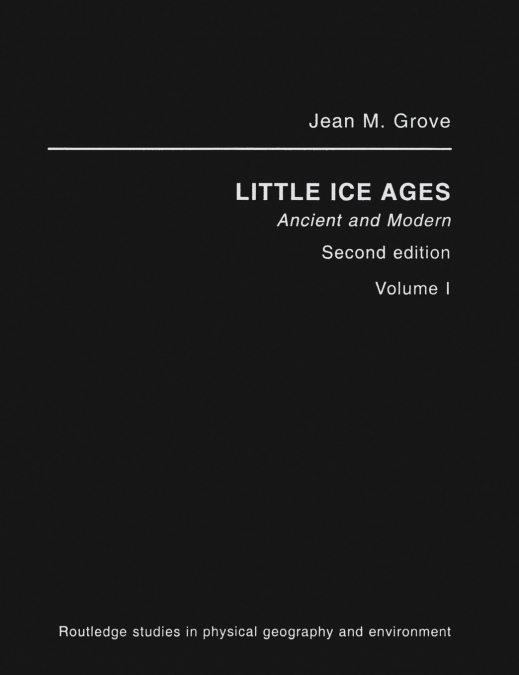
NoContributor
The evidence for the Little Ice Age, the most important fluctuation in global climate in historical times, is most dramatically represented by the advance of mountain glaciers in the sixteenth and seventeenth centuries and their retreat since about 1850. The effects on the landscape and the daily life of people have been particularly apparent in Norway and the Alps. This major book places an extensive body of material relating to Europe, in the form of documentary evidence of the history of the glaciers, their portrayal in paintings and maps, and measurements made by scientists and others, within a global perspective. It shows that the glacial history of mountain regions all over the world displays a similar pattern of climatic events. Furthermore, fluctuations on a comparable scale have occurred at intervals of a millennium or two throughout the last ten thousand years since the ice caps of North America and northwest Europe melted away. This is the first scholarly work devoted to the Little Ice Age, by an author whose research experience of the subject has been extensive. This book includes large numbers of maps, diagrams and photographs, many not published elsewhere, and very full bibliographies. It is a definitive work on the subject, and an excellent focus for the work of economic and social historians as well as glaciologists, climatologists, geographers, and specialists in mountain environment.